For those who haven't seen Part 2 / Pour ceux qui n'ont pas vu la partie 2 : https://peakd.com/hive-189591/@iptrucs/a-morning-in-the-typical-village-of-begur-part-2
The history of Begur is rich and fascinating, particularly due to its connection with Latin America. In the 19th century, many of the village's inhabitants, known as "Indianos" or "Americanos," emigrated to countries like Cuba, Puerto Rico, and other parts of Central and South America. They sought to make their fortune, often in industries such as trade, sugar, tobacco, or plantations.
Some of them returned to Begur with considerable wealth, building sumptuous mansions known as "cases d'indians" (Indians' houses). These villas, in colonial or modernist style, shaped the village's architecture and still bear witness to this prosperous period today.
Begur also retains traces of its medieval past, such as its 11th-century castle, but it is the influence of the Indianos that gave the village a significant part of its cultural and architectural identity. This history is celebrated each year during the Fira d'Indians, an event that pays tribute to this historical link with Latin America.
Traveling truly teaches you a lot of things! 😇
L'histoire de Begur est riche et fascinante, notamment en raison de sa connexion avec l'Amérique latine. Au XIXème siècle, de nombreux habitants du village, appelés "Indianos" ou "Americanos", ont émigré vers des pays comme Cuba, Puerto Rico, et d'autres régions d'Amérique centrale et du Sud. Ils cherchaient à faire fortune, souvent dans les secteurs du commerce, du sucre, du tabac ou des plantations.
Certains d'entre eux sont revenus à Begur avec des richesses considérables, construisant des demeures somptueuses, connues sous le nom de "cases d'indians" (maisons des Indiens). Ces villas, de style colonial ou moderniste, ont marqué l'architecture du village et témoignent encore aujourd'hui de cette période prospère.
Begur conserve également des traces de son passé médiéval, comme son château du XIème siècle, mais c'est l'influence des Indianos qui a donné à ce village une part importante de son identité culturelle et architecturale. Cette histoire est célébrée chaque année lors de la Fira d'Indians, un événement qui rend hommage à ce lien historique avec l'Amérique latine.
Comme quoi l'on apprend beaucoup de choses en voyageant 😇.
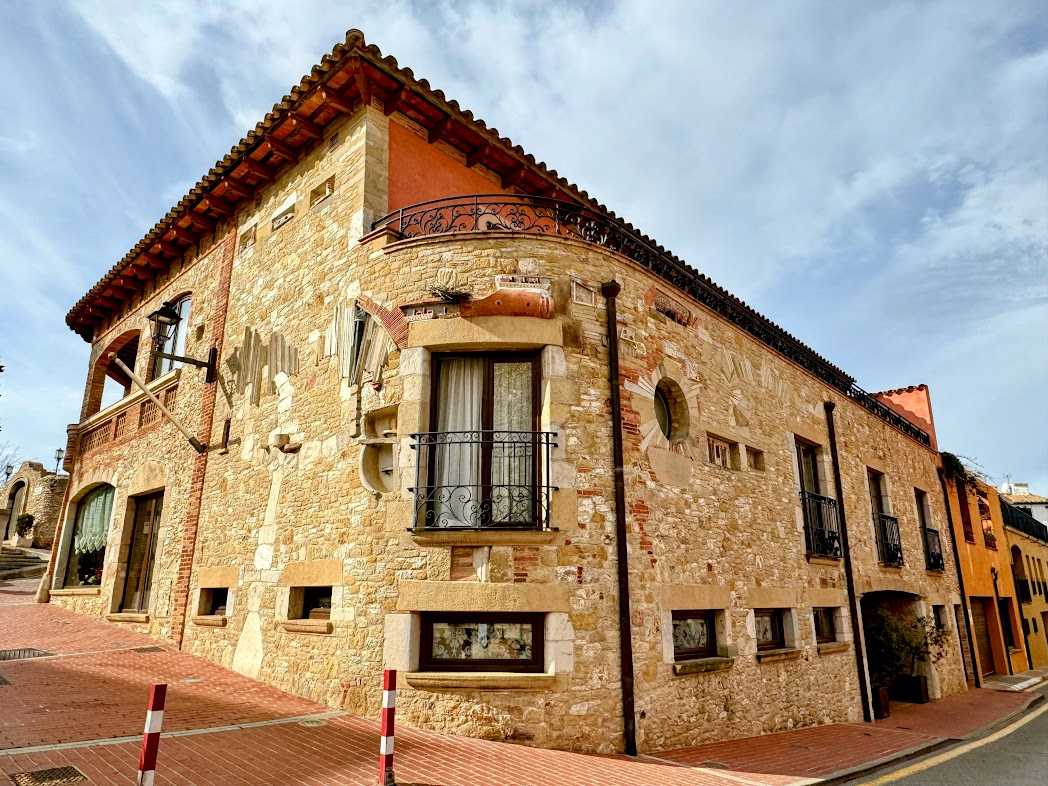
Begur - The SA Calma Hotel.
Begur - Le SA Calma Hôtel.
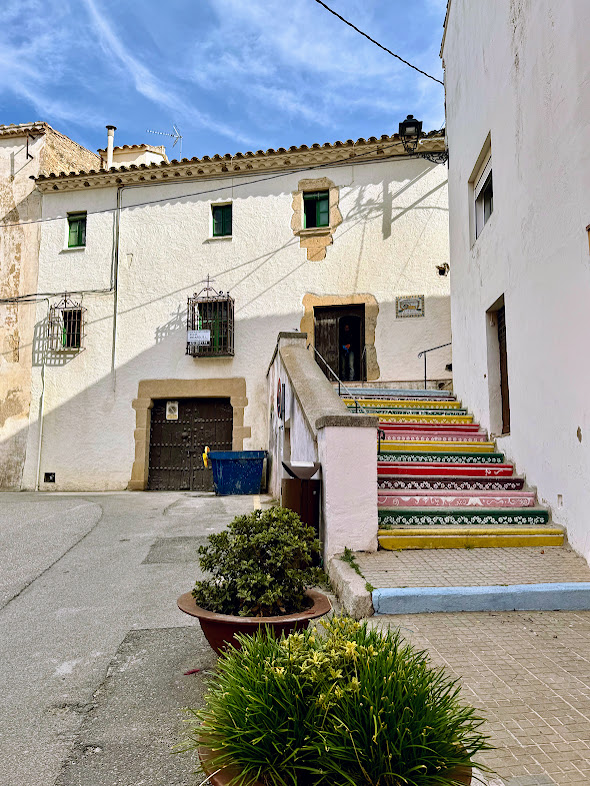
Begur - Carrer Santa Teresa - The colorful steps.
Begur - Carrer Santa Teresa - Les marches bariolées.
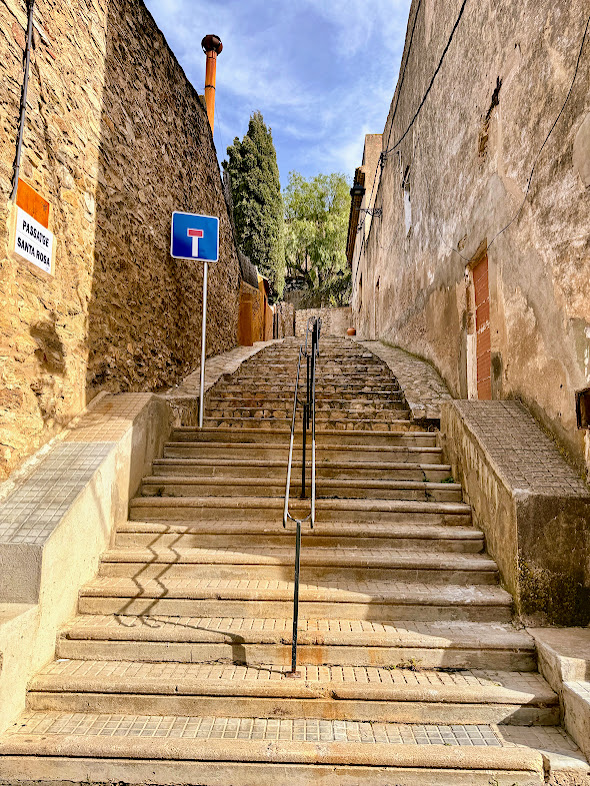
Begur - The Santa Rosa Passage.
Begur - Le passage Santa Rosa.
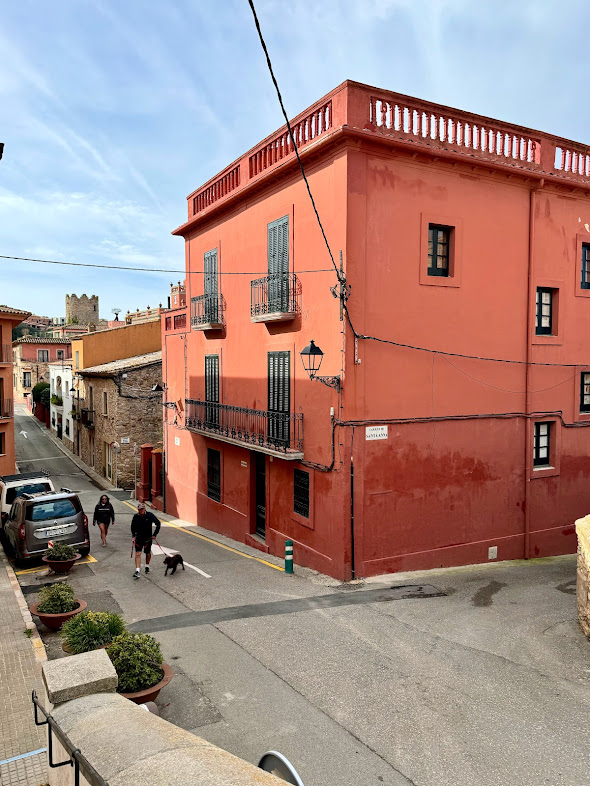
Begur - Carrer Santa Anna - The ochre house.
Begur - Carrer Santa Anna - La maison ocre.
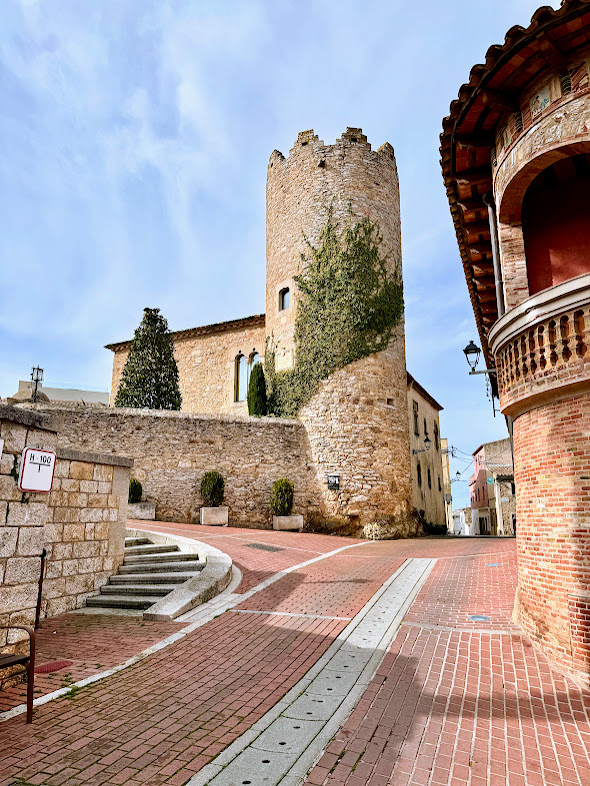
Begur - Sur la Plaça de Pella i Forgas.

Begur - The Paco Font House, built at the beginning of the 20th century, is considered the last colonial house, known as a "casa d'indians," constructed in Begur. The villa belonged to Francesc Font, who emigrated to Ponce (Puerto Rico) in 1889.
Begur - Maison Paco Font édifiée au début du 20ème siècle est considérée comme la dernière maison coloniale dite "casa d'indians" bâtie à Begur. La villa appartenait à Francesc Font, qui émigra à Ponce (Puerto Rico) en 1889.
My Photos on Instagram
Mes photos sur Instagram
To be continued...
A suivre ...